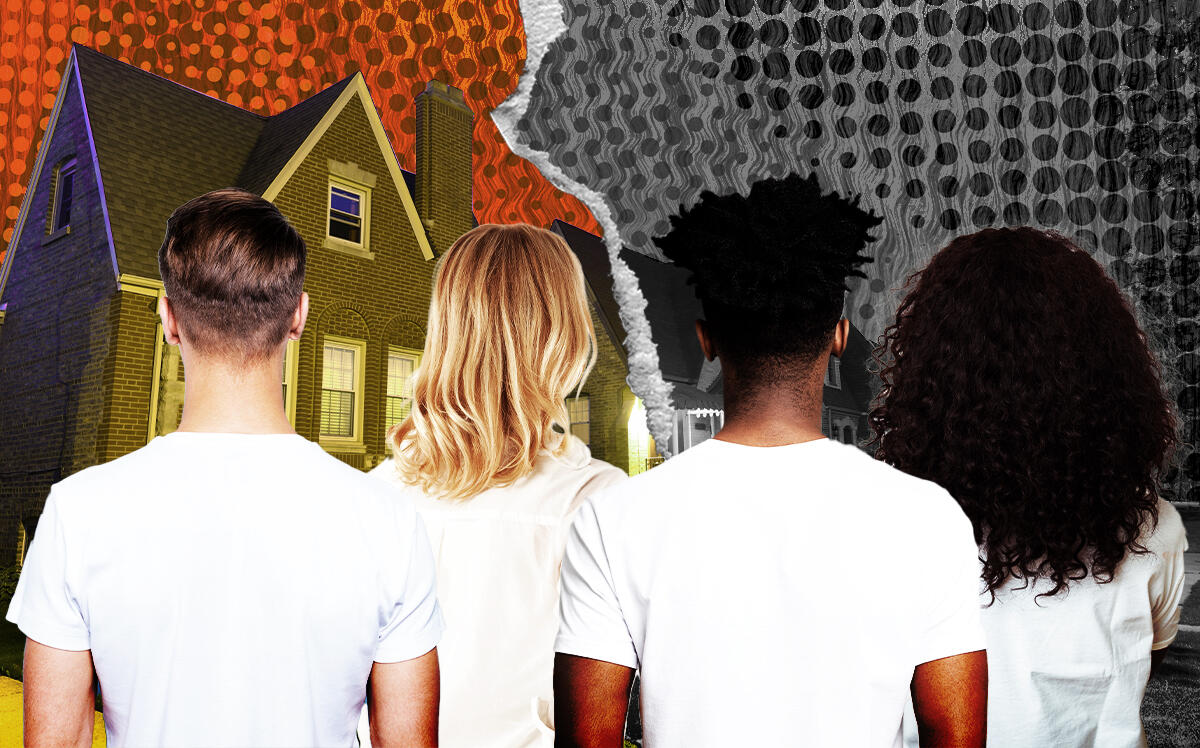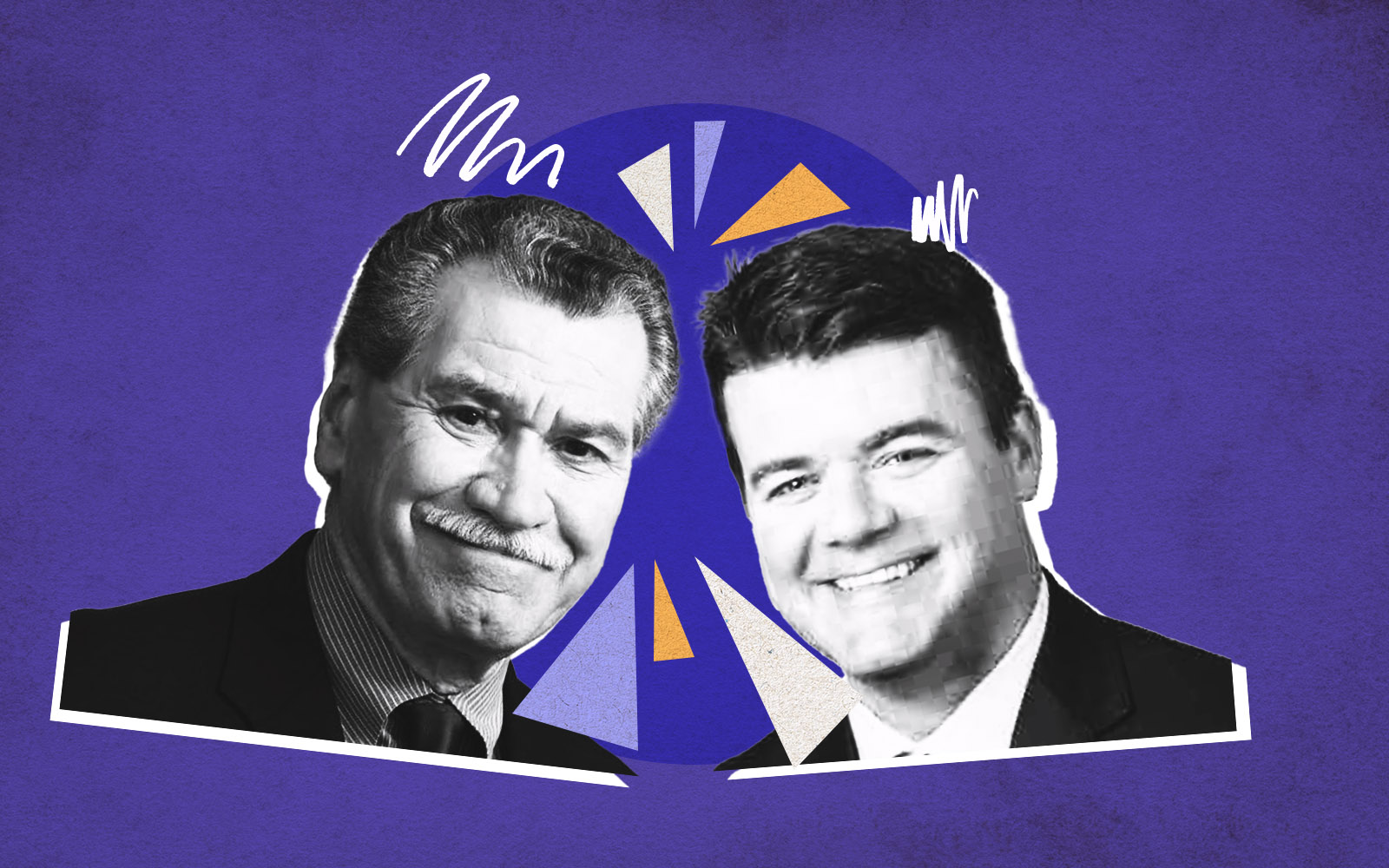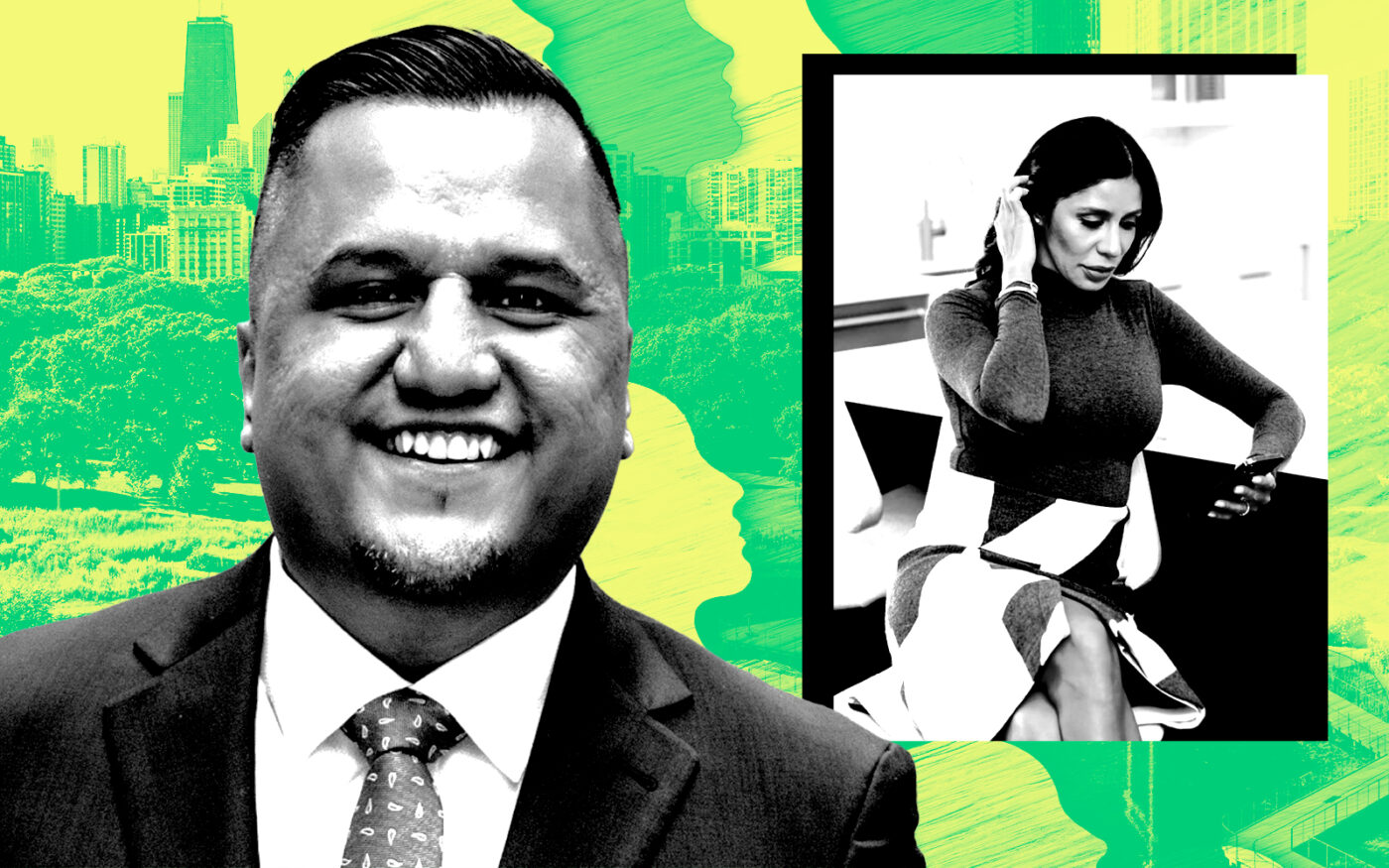The Chicago area is undergoing a surge in Hispanic homeownership, driven by factors such as affordability and inbound migration.
Illinois’ net in-migration of Hispanic residents reached 17,000 in 2023, ranking fifth among U.S. states. This surge contributed to a pool of over 1.2 million “credit visible” Hispanics in the Chicago area, Crain’s reported, citing a study by the National Association of Hispanic Real Estate Professionals.
This demographic, considered scorable by credit agencies, represents a portion of the local housing market that’s expected to grow considerably over the next few years.
“We definitely see a bigger wave of Hispanic home buying coming,” @properties agent Salma Torres told the outlet. “They see it as a good investment to make for their family.”
Chicago offers more bang for the buck compared to cities like Los Angeles and New York. However, for some individuals holding Individual Taxpayer Identification Numbers instead of Social Security numbers, the path to homeownership presents challenges.
Borrowers with ITINs face mortgage rates exceeding 9 percent, significantly higher than prevailing rates. Despite this hurdle, the desire for homeownership remains strong within the Hispanic community, driven by the aspiration for stability and prosperity.
“To a Hispanic family, having a house means making it in America,” said Eddie Garcia, CEO of Realty of Chicago, a brokerage catering to Hispanic clients. Garcia predicts that Hispanic first-time homebuyers will become the largest demographic in the Chicago area within the next five to seven years.
Read more



Torres emphasized the importance of buyer education, particularly for first-generation buyers navigating the complexities of the process.
Nationwide, the number of Hispanic homeowners grew by over 377,000 in 2023, reaching approximately 9.56 million. That marks a 40 percent increase over the past decade, the outlet reported.
—Quinn Donoghue
